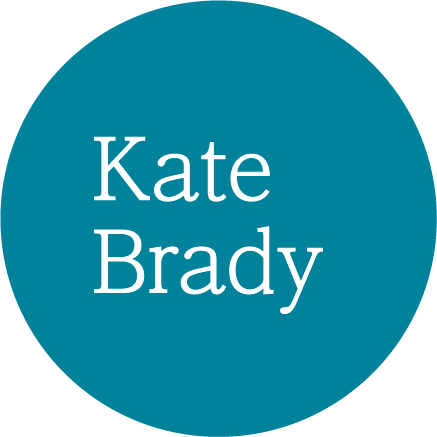ReCap
We know that disasters can affect every single facet of our lives, so the task of recovering at both an individual and community level is huge. We also know that there are things that communities can do ahead of time to help reduce the burden of these impacts and make recovery a bit smoother.
When organisations make assessments about the impacts of disasters, they often focus on the direct impacts the hazard has caused and seek to remedy them, rather than being able to assess what strengths and resources existed in a community before a disaster and how these can be drawn on.
ReCap is a project / resource developed by the University of Melbourne and Massey University. In full disclosure, I was involved in the initial stages of this project so I’m a bit biased, but Lisa Gibbs, Phoebe Quinn, David Johnston, Denise Blake and Emily Campbell headed it up with a fantastic network of contributors.
ReCap refers to Recovery Capitals. The team took the concept of community capitals (developed by American researchers Emery, Fey and Flora) and applied them to disaster contexts. The idea of ReCap is to look at all of the strengths and resources a community has before a disaster, what areas they might need to work on and then consider how a disaster may have disrupted or changed them. The focus is on supporting communities to use these strengths to lead their own recovery.
The seven capitals used are:
Natural
Social
Financial
Cultural
Built
Political
Human
In the ReCap guide, the team has provided a succinct overview of some of the things we already know about these domains, and then opens up questions and points for consideration to help organisations and communities identify the strengths, where help might be needed and how each of these areas are interlinked.
ReCap is a great example of how academic research can be applied in practical situations by communities (before and after disasters) and by organisations wanting to take holistic, strengths based approaches to their work.
You can watch a video explaining the ReCap resource here or you can access the materials here.

